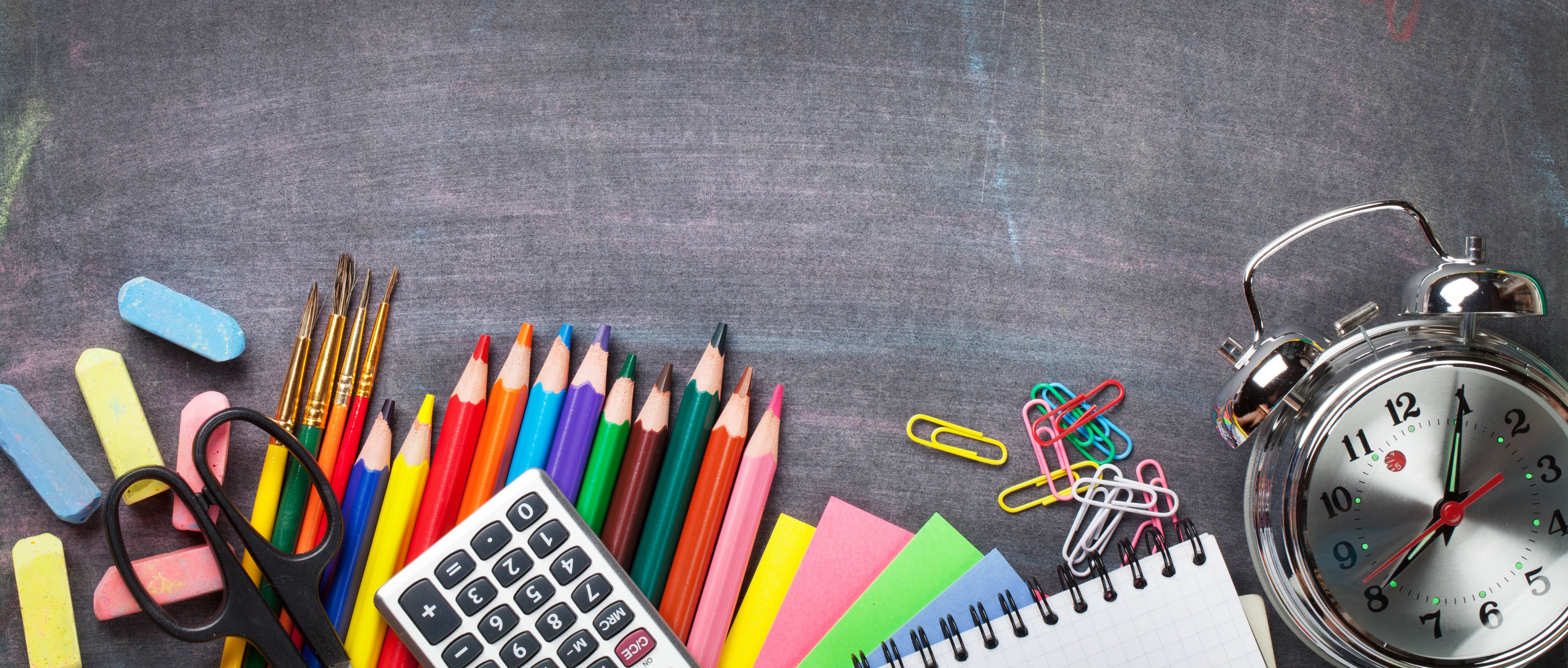
Tips for teaching science to vision impaired students
Touch and feel
Vision impaired (VI) students rely on other means of communication, so teachers and support staff should use objects to convey scientific concepts. These techniques can go some way to help a student who is not able to learn by sight.
- Enable students to use two-handed exploration to get a sense of scale and how parts of the object relate to each other.
- Use craft materials like Wikki Stix or modelling clay to make simple models representing what sighted students can see – such as cells under a microscope.
- Consider whether a model reflects the texture of the actual object and how description can help.
- Where vision is essential, consider how to engage the whole class using visual language.
Diagrams and graphs
Consider the following adaptations and techniques.
- When a diagram exists for illustration purposes only, refer the vision impaired student to explanatory text which they could understand more easily.
- Where a diagram is being used to represent an object, use the object itself if possible.
- Simplify diagrams to focus on the core concepts and where appropriate delete unnecessary content.
- Reduce glare from illuminated screens or caused by direct sunlight.
- Use embossed graph paper or create 3D graphs to make them tactile.
Adapting experiments
VI students shouldn't miss out, even on activities that are perceived to be difficult or dangerous, as most can be adapted to make the experiment work for them. Consider the following adaptations.
- Create a defined work area for the student, with a spill tray, so they can be confident in their environment.
- Use tactile markings such as bump-on stickers to mark beakers and other equipment.
- Use tactile equipment such as rulers and measuring tape, and talking timers, thermometers, balances and calculators.
- Use notches on syringes to indicate how much liquid has been sucked up.
- Where clear solutions are used, add food colouring for contrast.
- Consider how experiments can result in a change in sound/smell/feel as well as visible results.
- Where possible, measure mass rather than a change in volume.
- Use buzzers rather than bulbs in electrical experiments.
- Use an audible light probe, which makes a different tone depending on how much light is reflected.
- Use a colour indicator app to help VI students detect a colour change.
- When lighting a Bunsen burner, use a gas lighter rather than a lighted splint
See 'General tips for teaching vision impaired students' for introductory information including lighting, emotional support, formatting documents, assistive technology, techniques such as hand-over-hand guiding and further sources of information.
Get the latest news and advice from the Macular Society
To hear about life-changing research, treatments and tips for living with sight loss, subscribe to our monthly enewsletter today. Together we can Beat Macular Disease.
Sign up to our free email newsletter

